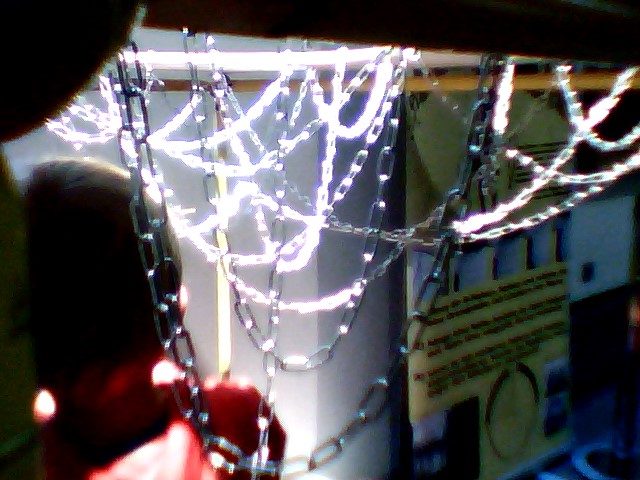April 25, 2020
It currently looks as if those museums which present their objects behind glass and which have cultivated the practice of keeping their objects at a distance with inscriptions such as „Please do not touch“ are at an advantage when reopening public life.
After more than twenty years of development towards hands-on interaction by visitors, the largely artifact-free science centers face a greater task than the collection houses when it comes to finding rules for operation under the conditions of the pandemic. Because the many more or less elaborate interactive exhibits with levers and switches, with pushbuttons and touchscreen monitors, often for climbing in or riding on, by their very nature resist the new etiquette of distance. The effort and art of constructivist pedagogy was precisely aimed at reducing the distance between the object and the visitors and making people into actors. They should and must touch, and not be afraid to get their hands dirty in a museum or science center.
This is over for the time being, even tools shared together, from pencil to microscope, pose a higher risk of infection than the mummy behind glass or the gold coins in the display case. Not to mention the touchscreens, which in their versatility were about to become the universal text and explanation carrier of the museum.
The imperative and chance of the hour: Work with on-board resources, mobilize the imagination
A snapshot that could discourage all friends of hands-on. Do supporters of educational constructivism and open-ended, participatory offers in museums now have to sit back and wait for further relaxation at a safe distance in painting collections? The latter is not a bad idea. The collection museums are pearls and they deserve every attention. The value of a collection has become apparent at a glance these past few months: Hardly any museum directors missed the chance to personally guide through deserted galleries and put this director’s cut on the web. Or to present a closed exhibition via blog. That’s wonderful, except maybe for the congestion of the online channel these days. Hopefully it has encouraged many museum people to literally go their own ways in presenting their own collection. Because that is the imperative and perhaps the opportunity of the hour: to work with on-board resources, to mobilize the imagination and to transfer the liveliness of participatory approaches to the domain of historians and specialists. Because exhibitions with showcases do not have to be sterile.
Collecting ideas, finding materials, emphasizing tinkering as a value, creating communication channels.
However, the crisis also shows that the more participatory formats and open-ended offerings are developed and anchored, the more independent people become who have had experience with them. In thinking as well as in acting. This healthy autonomy is currently paying off, in the phase of forced isolation. It is demonstrated by the German Federal Government’s great hackathon WirVsVirus, which in March 2020 led 25,000 people to cooperate inventively and creatively, mostly from home. This is also demonstrated by the Makerspaces, which have set about producing protective masks and even components for breathing apparatus in a decentralised and coordinated manner according to open-source building instructions.
This would have been unthinkable ten years ago, and it is thanks to all the individuals and institutions who have since taken seriously the postulate of Neil Gershenfeld in his book „Fab“ (2005) that (almost) everything can be produced with digital fabrication tools. Over the past decade, science centers and museums have discovered and adopted „thinking with your hands“ as a concept.
At the moment of the lockdown, however, there are few marked paths. Scouts are needed to find ways out of the closed museums and the huge repertoire of breathtaking DIY hacks into the countless apartments where parents still bravely try to somehow make the time of social distance with their kids a good one. It is a Herculean task, there is often a lack of tools, even glue, or parents‘ belief that „tinkering“ could have any value at all, then again there is not even Internet, or not enough Internet, or the computer is missing. There is work to be done in all these places: collecting ideas, finding materials, emphasizing DIY as a value, creating communication channels.
Everyone who works in the educational sector should therefore use this special time to refine the offers which amount to a self-responsible, creative and participatory „basic training“ in developing and applying know-how. The view that in the end it has always been the visitors themselves who have acquired „their“ knowledge in museums, just on predetermined paths, helps in this respect. When it comes to hands-on activities, it turns out that anyone who has ever felt that knowledge and its practical brother, know-how, is not a static mass, but is constantly recombined from given things, will feel little standstill even in a lockdown.
———————————————
Note: The ecsite-makers, a grouping of „free radicals“ from the global maker and tinkering scene which emerged during the annual ecsite conferences (network of European science museums and science centers) since 2013, will present on „ecsite day 2020“ on June 11, 2020 between 10 a.m. and 7 p.m. suggestions for lively ideas in making and tinkering. We see this as a counterweight to endless webinars and online chats, which are currently captivating us on our monitors.
